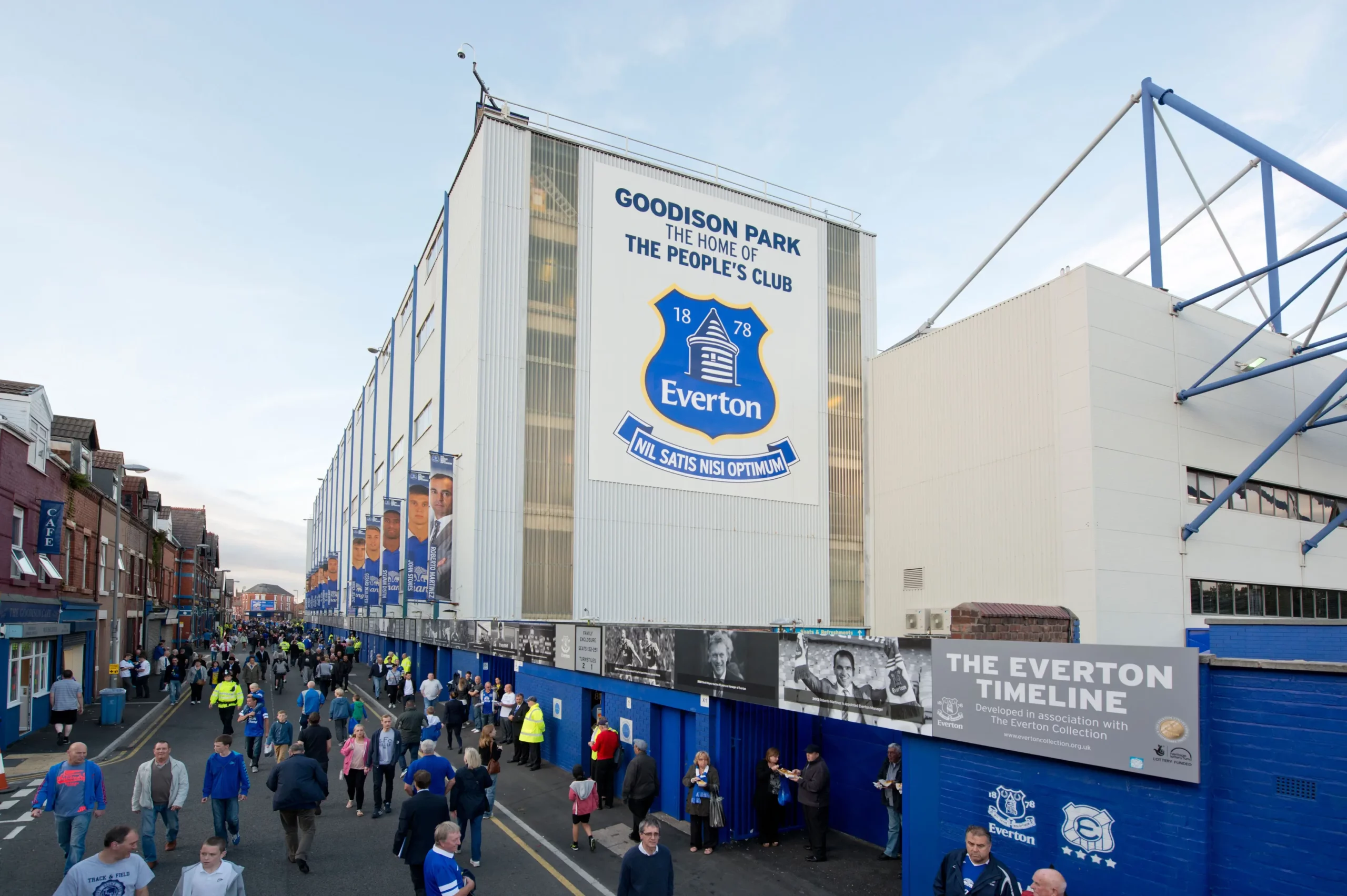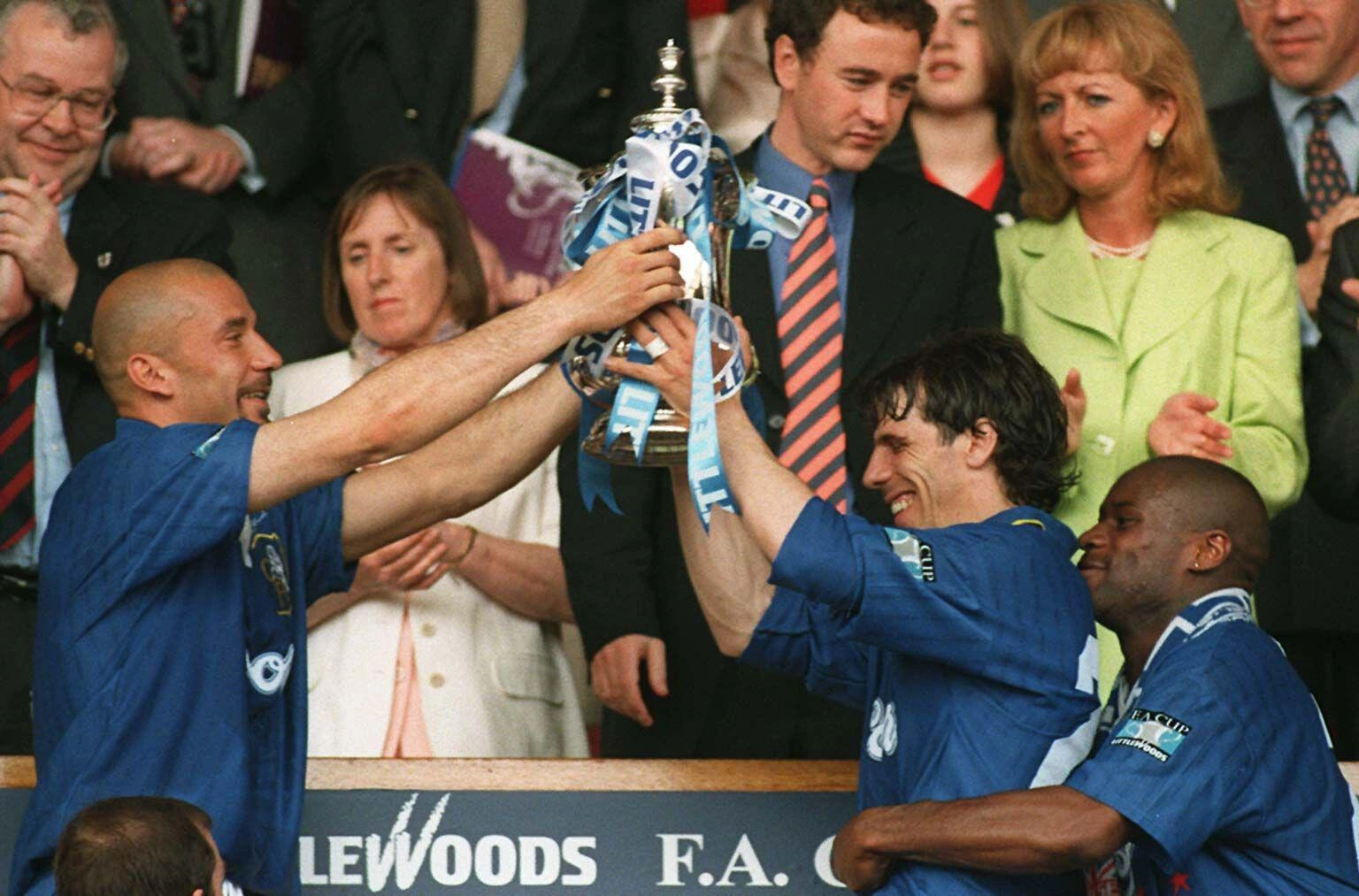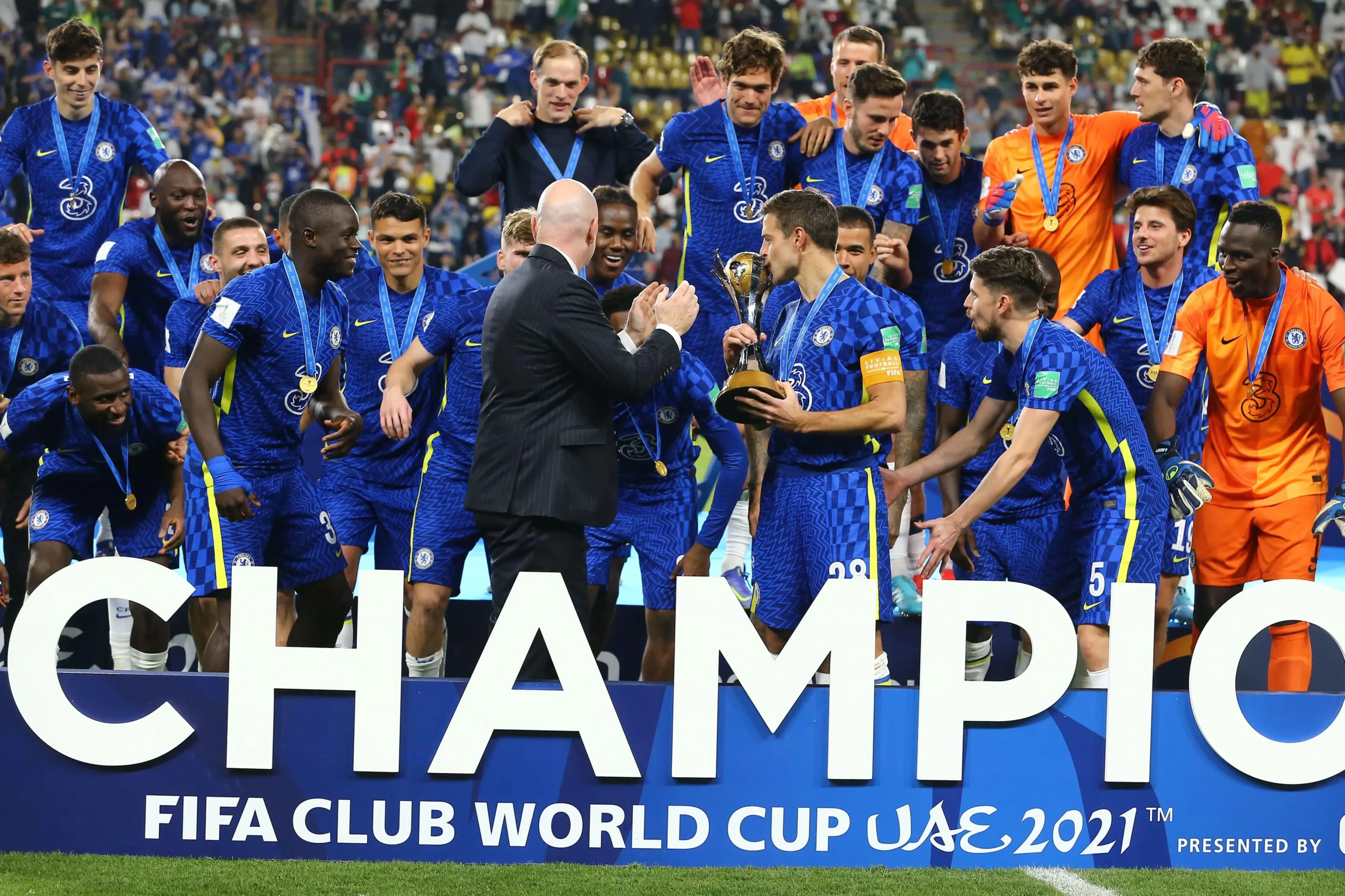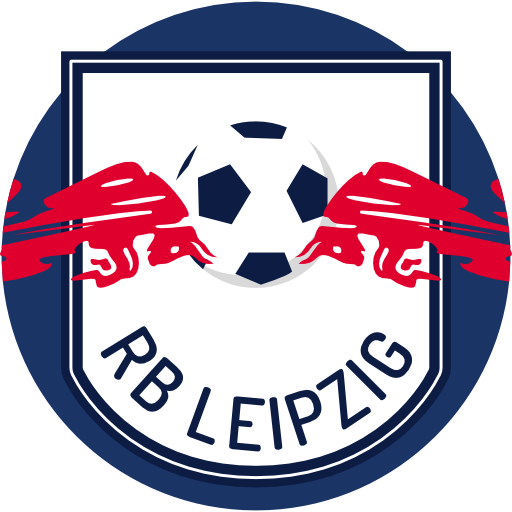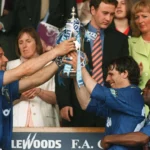Everton Football Club drew the curtain on a defining chapter of their history with a 2-0 victory over Southampton in their last match at Goodison Park. After 133 years, the club’s association with the storied ground has come to an end. Paving the way for a new era at Bramley-Moore Dock. A blend of nostalgia, celebration, and reflection marked the occasion. Supporters, players, and legends all gathered to say farewell to the “Grand Old Lady.”
The end of Goodison Park marks the end of an era for the Toffees. They remain the only club in English football never to be relegated from the top-tier league. They owe most of it to their home ground, which served as the place where they shed tiers of both joy and sorrow, which will never be forgotten in the fans’ hearts.
Why is Everton Leaving Goodison Park?
The choice to move on from Goodison Park was influenced by a mix of practical and strategic factors. This historic stadium, which opened its doors back in 1892, has been a loyal home for Everton, but its age and limitations are becoming more obvious. In today’s world of football, there’s a real need for facilities that can accommodate larger crowds. Plus, it’s essential to boost revenue and enhance the experience for both fans and players.
Everton’s new home, the Hill Dickinson Stadium located at Bramley-Moore Dock, should open at the start of the 2025/26 season. The move has been in planning for years, with serious discussions dating back to the late 1990s. Progress accelerated following Farhad Moshiri’s arrival as owner in 2016. It led to the selection of Bramley-Moore Dock as the site for a state-of-the-art 52,888-capacity ground. The new stadium should offer Evertonians a modern matchday experience. At the same time, helping the club remain competitive both on and off the pitch.
The Final Game: Everton 2-0 Southampton
Sunday’s match against the already-relegated Southampton was a perfect farewell for Goodison Park. The Toffees jumped into action right from the start, with Iliman Ndiaye finding the net just six minutes in. The electric energy at the stadium saw 39,201 fans packed in, many of whom arrived hours early to soak in the atmosphere. The streets surrounding the stadium were awash in blue, with flares lighting up the night and songs ringing out through the neighborhood.
Beto twice found the net but was denied by the offside flag on both occasions. The second goal arrived in first-half stoppage time, with Ndiaye rounding Saints goalkeeper Aaron Ramsdale to double the lead. Captain Seamus Coleman, a club stalwart, started the match but got off after 17 minutes. Receiving a standing ovation in recognition of his long service.
Everton managed just one shot on target in the second half but held firm. Jordan Pickford’s last-minute effort preserved the clean sheet for the Toffees. The final whistle brought emotional scenes, with past and present players. One of them, a very familiar face, Wayne Rooney celebrated alongside David Moyes on the pitch in celebration. Supporters held scarves aloft and joined in chants. Marking the end of an era with a mixture of pride and sadness.
A Storied Legacy
Goodison Park has been at the heart of Everton’s identity since 1892, hosting an impressive 2,791 matches and seeing a staggering 5,372 goals scored. It holds the title of the first major football stadium in England and has been the backdrop for many historic moments, including a semi-final during the 1966 World Cup and several FA Cup finals. The atmosphere at the ground, especially in the Gwladys Street End, is legendary and has earned a reputation across the nation.
Everton’s greatest successes, including two league titles in the 1980s and the 1995 FA Cup win, all came at Goodison. Despite recent struggles, the stadium remained a fortress, helping the club maintain its long top-flight tenure.
The move to Bramley-Moore Dock marks a significant change, but Goodison’s legacy will endure. The ground will continue to serve as the home of the Everton Women’s team and a venue for academy matches and community events. It will ensure its continued role in Merseyside football.

